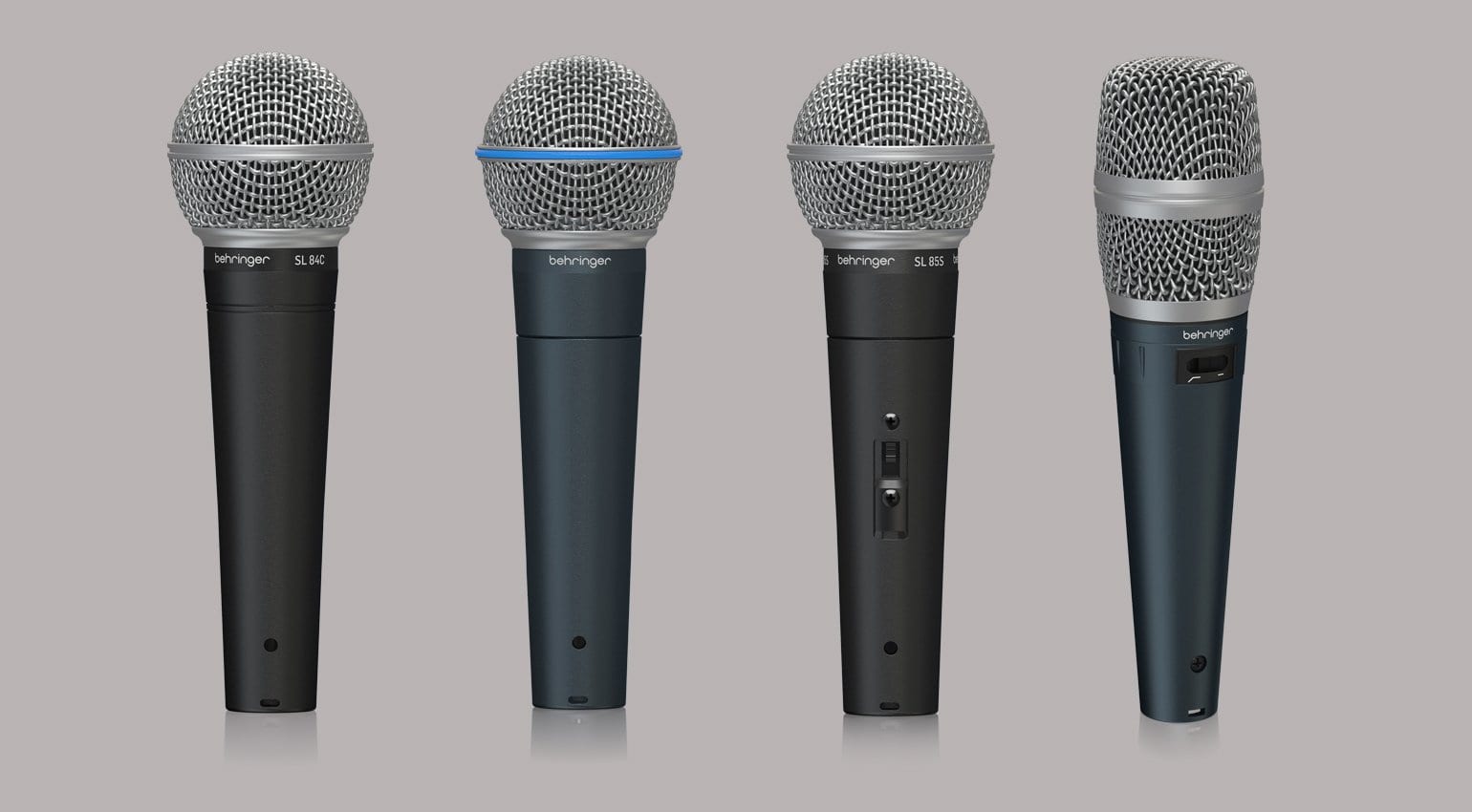Capturing pristine vocals in any recording or live performance is pivotal for artists, podcasters, and broadcasters. Behringer’s microphone preamps heighten this experience by providing the necessary amplification to bring clarity and detail to vocal recordings. In this article, we’ll explore how to select the right preamp for your needs, set up for optimal vocal capture, enhance vocal quality with preamp settings, and maintain the preamp for sustained high performance.
Selecting the Right Preamp
Understanding Preamp and Microphone Compatibility
Choosing a compatible preamp for your microphone is essential. Behringer offers a variety of preamp models designed to work with different microphones. Dynamic microphones usually require less gain, while condenser microphones need a preamp capable of supplying phantom power. Review the specifications of your microphone and match it with a Behringer preamp that can meet its power requirements and gain needs.
Considering the Form Factor
Behringer’s preamps come in various sizes and configurations, from single-channel strips to multi-channel rack units. Consider the form factor based on your workspace and portability needs. For a home studio, a compact preamp may suffice, while live performances or larger studio setups may benefit from a rack-mounted preamp with multiple channels.
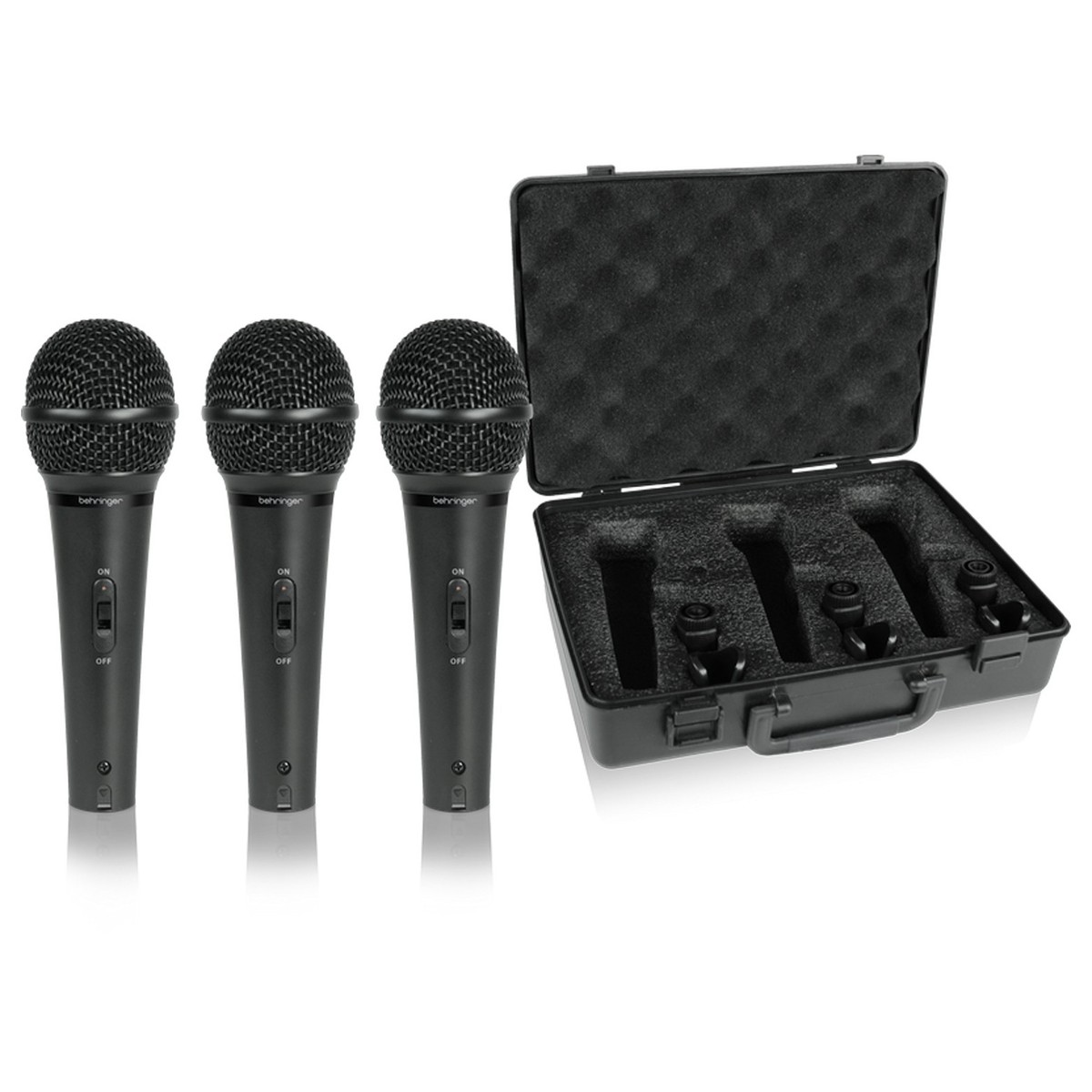
Setting Up for Optimal Vocal Capture
Creating the Right Recording Environment
Before diving into the technical setup, ensure your recording environment is conducive to capturing clean vocals. Minimize room noise and reverberation with acoustic treatment if necessary. Position your microphone stand in a spot that’s away from noisy equipment, air vents, or other sources of interference.
Connecting Microphone to Preamp
Connect your microphone to the Behringer preamp using a high-quality XLR cable to preserve signal integrity. If using a condenser microphone, activate the phantom power switch on the preamp. Secure all connections and set initial gain levels conservatively to prevent clipping during vocal performances.
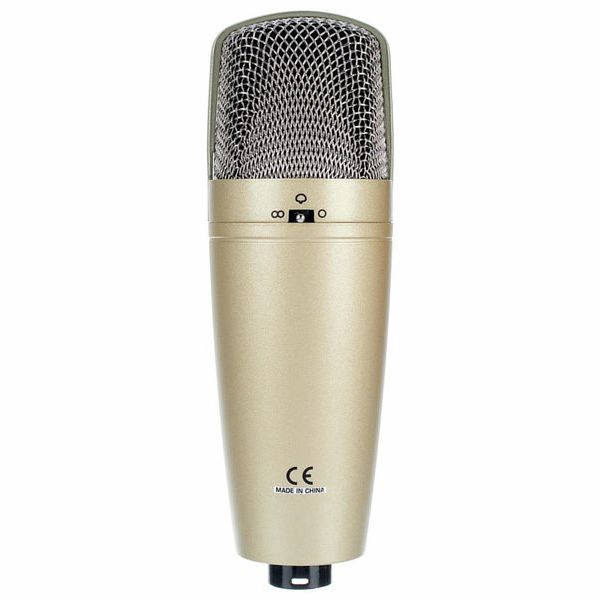
Enhancing Vocal Quality
Adjusting Input Gain and Output Levels
The input gain control on your Behringer preamp is crucial for determining how much amplification your microphone signal receives. Start with a low setting and gradually increase it as the vocalist performs at their loudest level, watching the metering to avoid clipping. Adjust the output level to match the input requirements of your recording equipment or audio interface.
Utilizing Preamp Features
Take advantage of the additional features on your Behringer preamp to enhance vocal quality. Use the low-cut filter to eliminate rumble and handling noise. Employ EQ settings to shape the vocal tone, and experiment with onboard compression to control dynamic range, adding consistency to the vocals.
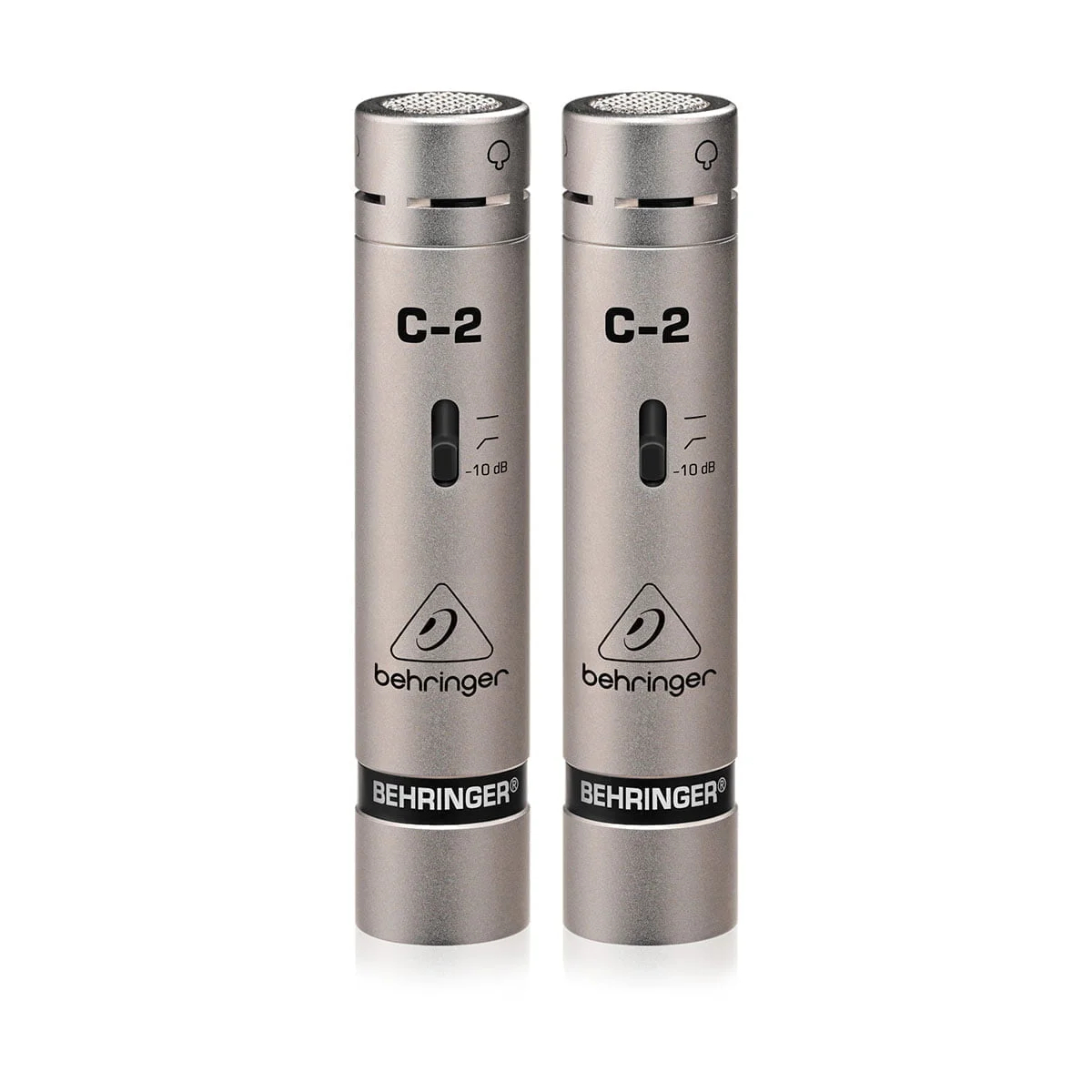
Maintaining Your Preamp
Regular Cleaning and Care
Like any piece of audio equipment, your Behringer preamp will benefit from regular cleaning and careful handling. Dust the unit with a soft, dry cloth, and occasionally check connections for corrosion or wear. Avoid exposing the preamp to moisture or extreme temperatures to prevent damage to electronic components.
Firmware and Software Updates
Stay up to date with any firmware or software updates provided by Behringer. These updates can enhance functionality, introduce new features, and improve the overall performance of your preamp. Check Behringer’s website for the latest information regarding updates and support for your specific model.
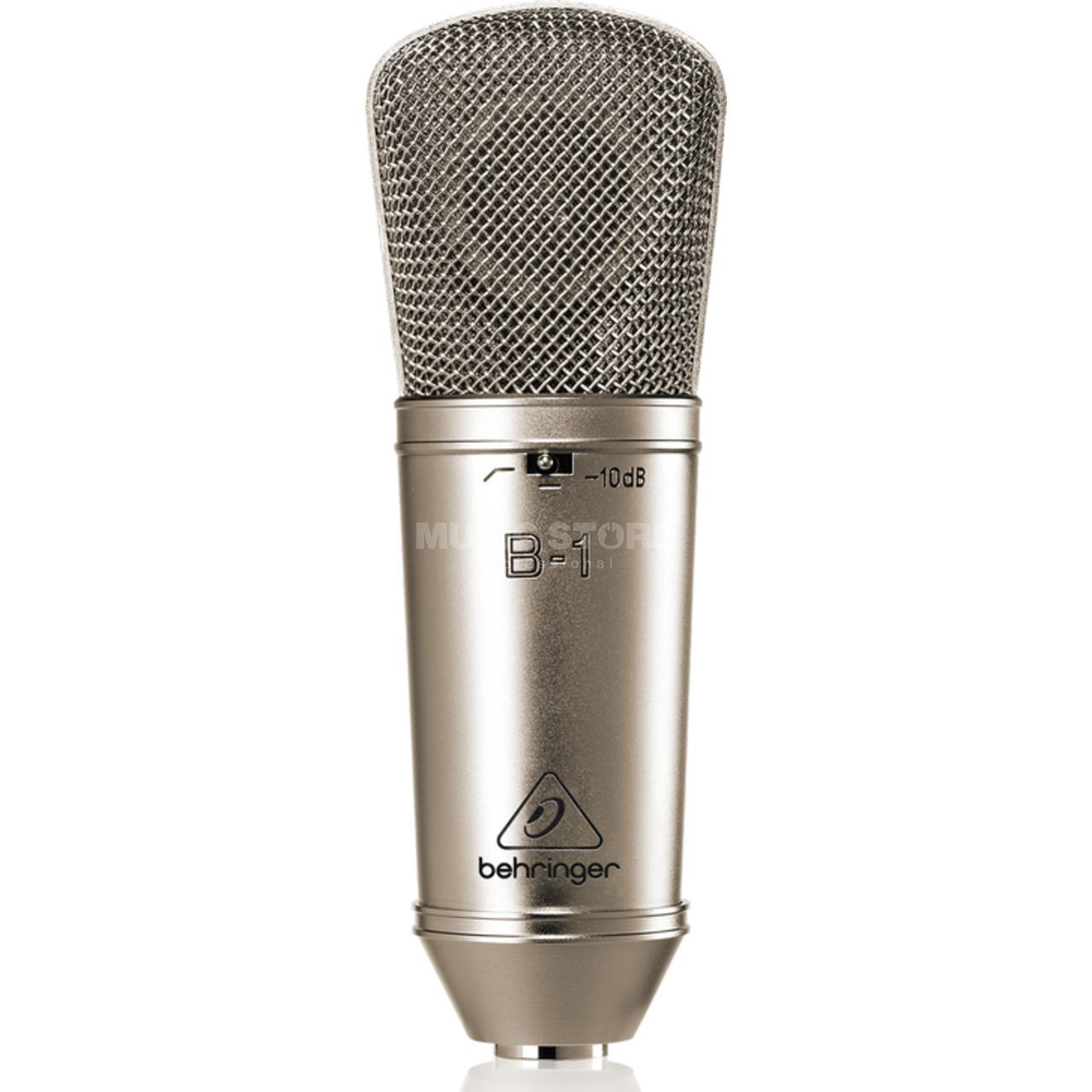
Additional Tips for Mastering Your Preamp Use
Monitoring with Headphones
Use a pair of accurate studio headphones to monitor the vocal signal directly from the preamp. This will give you a clear idea of how the preamp affects the sound and allow you to make immediate adjustments to the settings.
Experimenting with Different Microphones
Different microphones will interact with the preamp in various ways. Experiment with multiple microphones to find the best match for your voice and the Behringer preamp. This will help you achieve the best possible vocal sound for your recordings or live performances.
Recording at Proper Levels
Always record vocals at proper levels to maintain headroom and avoid digital distortion. Aim for peak levels that reach about -6dBFS on your recording equipment, ensuring a clean and dynamic vocal take.
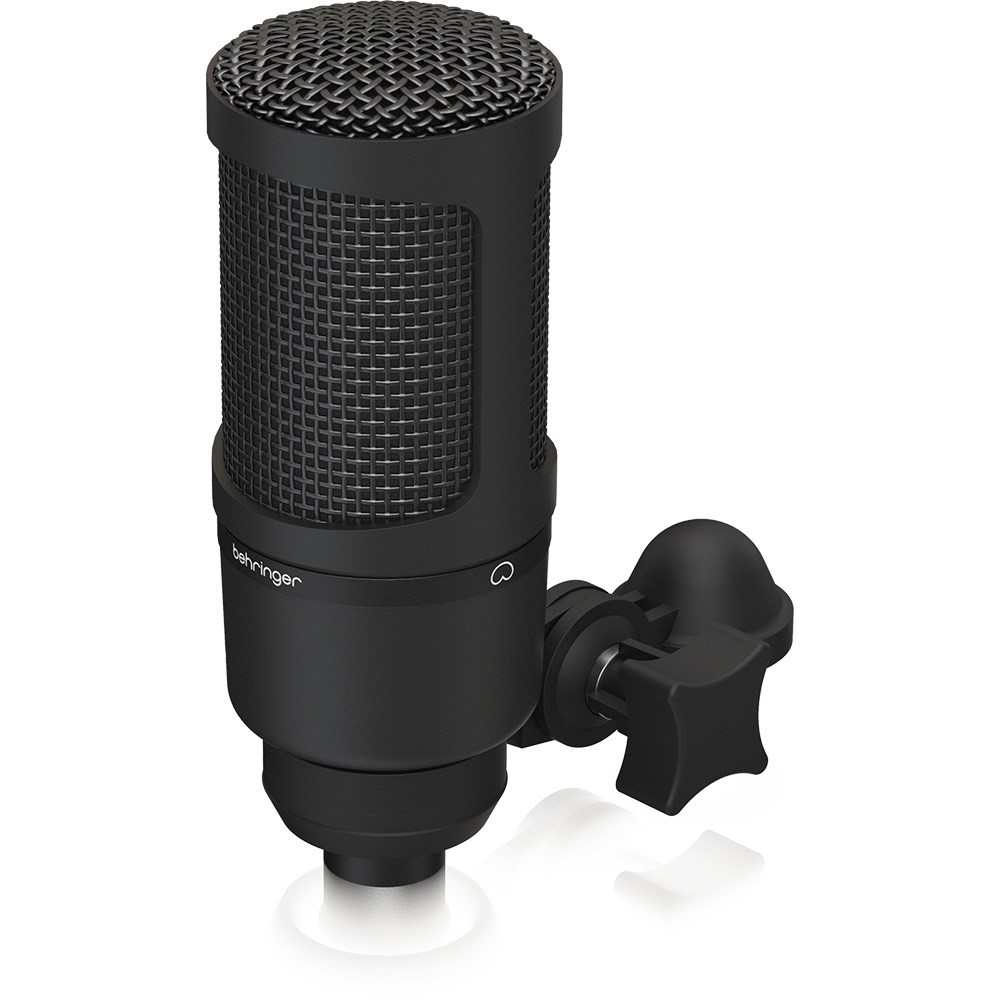
Fine-Tuning Your Sound
Leveraging Onboard Dynamics Processing
Many Behringer microphone preamps come equipped with dynamics processing tools like compressors and limiters. Utilizing these can significantly enhance vocal recordings. A compressor can tame the dynamic range, ensuring that the vocal performance stays consistent in volume. Set the threshold so that the compressor engages only when the vocalist hits the louder notes, and adjust the ratio to balance between natural dynamics and control. Remember, subtle compression often works best for preserving the expressive quality of the vocals.
Exploring the EQ Section
The EQ section of a preamp is a powerful feature for shaping the tonal qualities of the vocals. Start with a flat EQ and make adjustments based on the vocalist’s unique timbre and the desired end result. Cut or boost frequencies carefully to avoid over-EQing, which can lead to an unnatural sound. For instance, a slight cut in the lower mids can reduce muddiness, while a gentle boost around the presence range can help vocals stand out in the mix.
Gain Staging and Signal Path
Proper gain staging is crucial to achieving high-quality sound. Ensure that each element in the signal path, from the microphone to the preamp, and then to the recording device, is set at optimal levels to preserve audio fidelity. Avoid setting the gain too high on the preamp, which can introduce noise, or too low, which might result in a weak signal. Aim for a strong, clean signal that captures the full dynamic expression of the performance without distortion.
Capturing Emotion
Encouraging the Best Vocal Performance
Technical settings aside, the emotion and energy of the vocal performance are key factors that contribute to a pristine recording. Work with vocalists to create a comfortable and inspiring environment that allows them to deliver their best performance. Offer constructive feedback and allow for breaks to keep the vocalist’s energy high. A great performance, captured with the clarity of a Behringer preamp, can resonate with listeners and bring a recording to life.
Adapting to the Artist’s Style
Each vocalist has a unique style, and the preamp settings should reflect this. Adapt the preamp settings to suit the genre and the individual artist. For instance, a jazz singer might benefit from a warmer tone with a bit more room ambiance, whereas a pop vocalist may require a brighter, more upfront sound. Listen to the artist’s previous recordings and live performances to get a sense of their preferred sound profile.
Creative Use of Ambient Spaces
While a good preamp provides control over the sound, sometimes the natural reverberation of a space can add character to a vocal recording. If the recording environment has an interesting acoustic quality, use it to your advantage. Place the microphone and the vocalist strategically within the room to capture the ambient sound that complements the performance.
Achieving pristine vocals is a combination of using the right equipment, setting up correctly, employing effective techniques, and maintaining your gear. With Behringer’s microphone preamps, vocalists and audio engineers can elevate their sound quality, ensuring that every performance is captured with the clarity and richness it deserves. Whether in the studio or on stage, Behringer preamps can help you reach professional vocal recordings that stand out in any mix.
